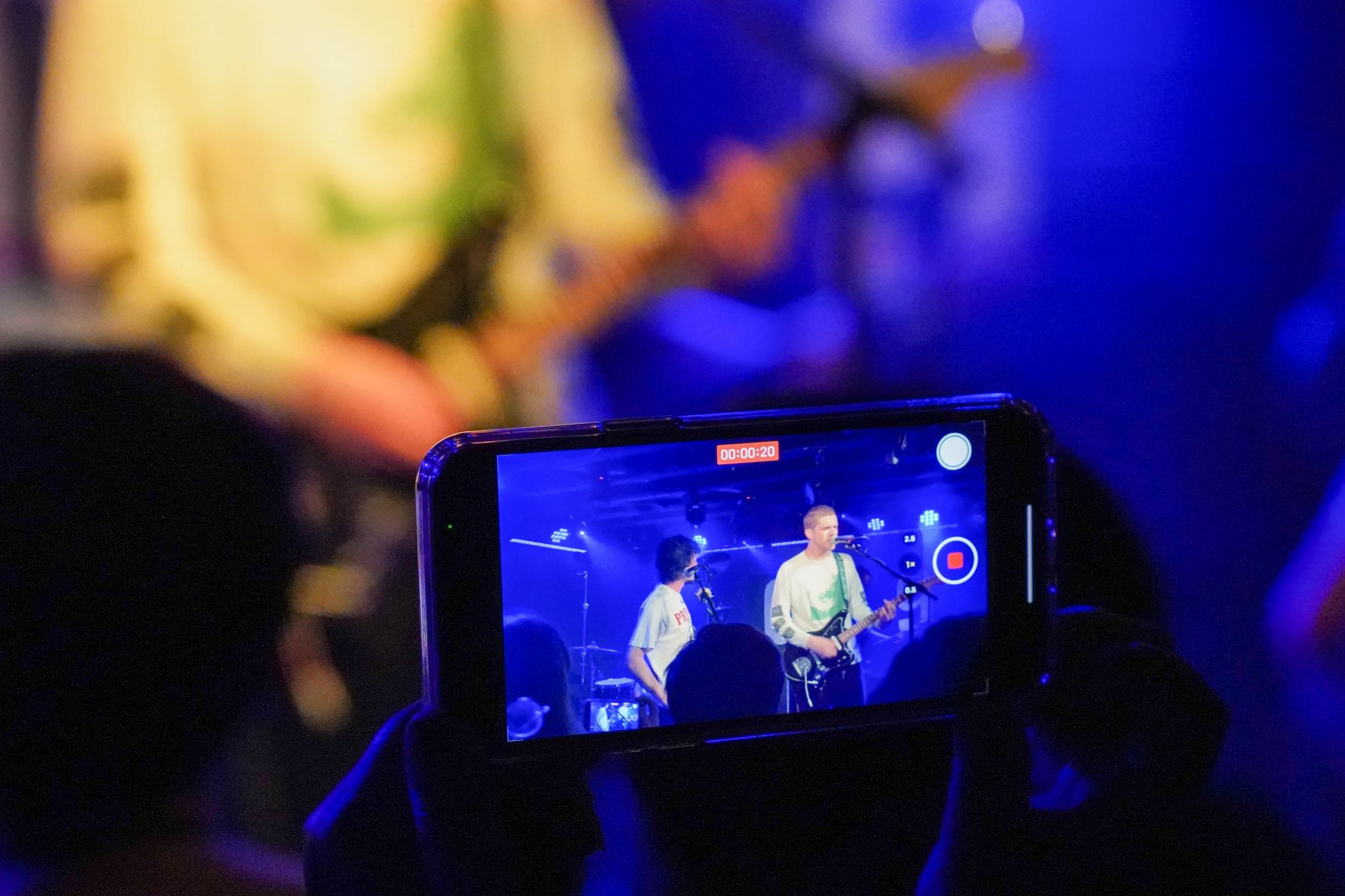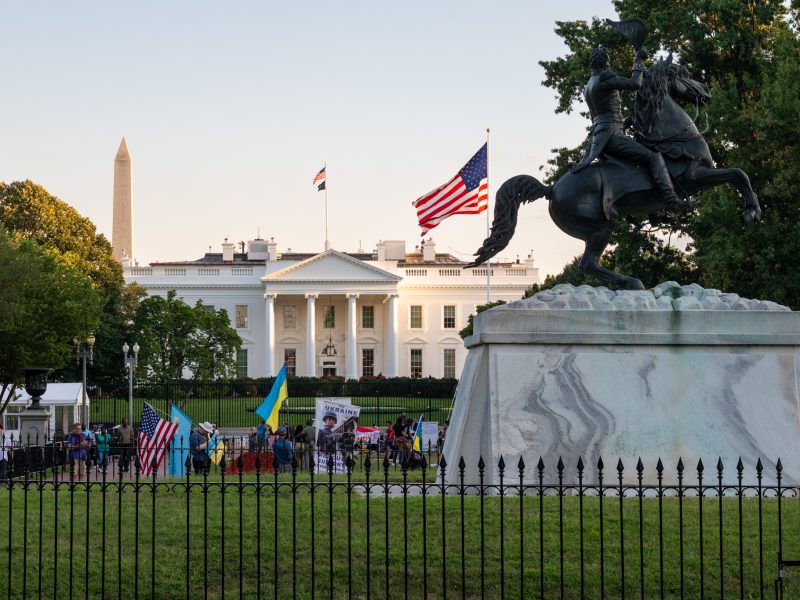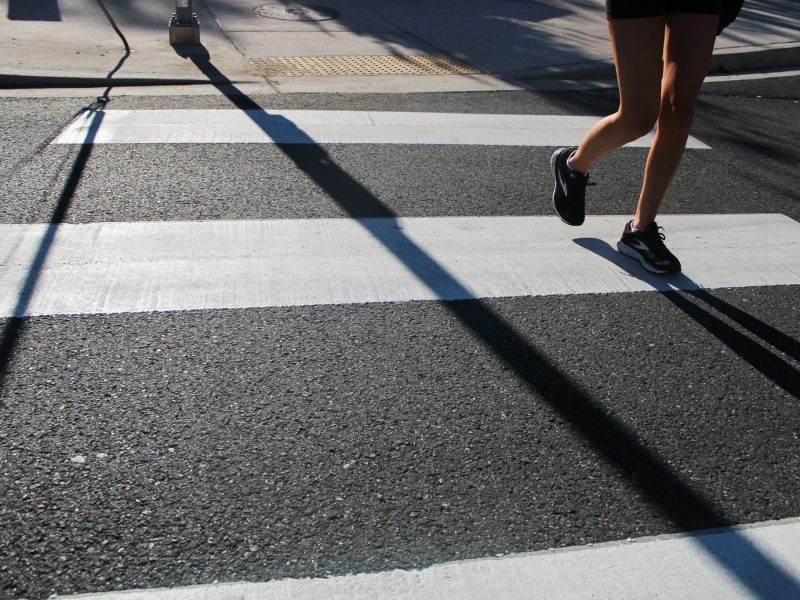Views expressed in opinion columns are the author’s own.
Everyone’s heard of “main character energy.” Whether it’s used to describe the vibe of the day or an outlook on life, Gen Z has decided to embrace its own experience being the pivotal way in which it perceives the world. But this energy often causes Gen Z to act in a way that’s not considerate of others, and these behaviors can be seen clearly in concert venues.
I’m not saying people don’t have the right to enjoy concerts in their own way. They totally can, but they should also realize a concert is a group event. This outlook is something Gen Z seems to have forgotten.
During concerts, fans should alter their verbal and physical behaviors to be considerate of others. To make it more enjoyable for everyone in the audience, Gen Z concertgoers should practice basic crowd etiquette, including using their phone for a few pictures and videos throughout the concert but not the whole time, refraining from complaining about the performer or asking inappropriate questions and taking breaks to sit instead of standing the whole show.
As the first generation born in the digital age, Gen Z has forgotten how to be present. While there is nothing wrong with taking pictures and filming clips of a show, your concert experience shouldn’t happen entirely through a screen. I’ve been there, done that. You think you need videos to look back on the concert experience, when in reality, you rarely view those videos after you post them. Not only does filming the whole performance impede your ability to be present in the moment, but it also forces those behind you to look over your screen to see the concert that they also paid for.
There should be a middle ground in using technology in concerts. Your phone doesn’t need to be locked up, but it also shouldn’t be out for the entire two-hour show. Take plenty of pictures before and after, document clips of your favorite songs, but also put the phone down to dance along or talk to your neighbors before the show starts.
Another way Gen Z misses the mark in crowd etiquette is in audience interactions. Recently, I enjoyed this university’s Homecoming Comedy Show. Many students expressed dismay at their phones being locked up in Yondr pouches. But to me, that wasn’t the most concerning point of the night.
Marcello, in a very nice gesture, opened up to audience questions at the end of his set, something comedians rarely do. In response to what seemed like a genuine gesture to allow college students to ask about fun moments or his career, some asked for birthday messages or for merch to be autographed.
Although it’s their prerogative to ask those kinds of questions, it felt that those were not the kinds of responses that the Q&A was meant to elicit. These kinds of questions, that people ask for their own sake, are a byproduct of the lack of consciousness of modern audiences.
Concert experiences suffer the same fate, with people loudly complaining about the performer or refusing to participate in crowd activities. These verbal behaviors aren’t the only downfall of concert experiences, but the physical reactions of audience members can also make a concert less enjoyable.
I’ve experienced several concert venues and settings, and one of my best experiences was in 2022 in Newark, New Jersey. The performer was Stray Kids, and for almost the entire concert, I was able to remain seated without my view being blocked. To some, that may sound boring, but in higher sections, it can feel dangerous to stand or dance because there is very limited floor space in front of the seats. Arenas tend to suffer this problem the most, with what feels like a foot of space in front of the seats in higher sections. Standing for hours can become uncomfortable or just plain scary, being high up with that level of floor space. Dancing for part of the concert but sitting during breaks or slower songs can allow the audience to still enjoy the performance without standing for three hours.
In contrast, seeing the same group in 2025 was very different in terms of the crowd. The show was unfortunately taking place in the middle of the heat wave in June 2025. While the concert did happen, it was cut short due to concerns for the fans’ and performers’ health. While the heat was a major factor in health issues, fans were also still trying to dance or stand, some even rushing to form a crowd on the first level when it was assumed to be time for the carts to make the laps around the park. There is an innate responsibility on the viewer to make use of the resources available to them in these situations, rather than always standing up at a concert. In a heat wave, sitting in the provided seats instead of rushing to crowd a section of the stadium is the responsible thing to do for your safety and the safety of others. The illusion that the performer will see you specifically in the crowd needs to take a back seat to creating a safe environment.
Fans have the responsibility to make choices that create a fun and safe concert environment. While the concert tickets may be bought in groups of two or three, the experience is one for dozens, hundreds or thousands of people at once. To make the concert experience fair and safe, whether in the nosebleeds or the pit, everyone should be conscious of their phone use, verbal comments and if they are physically obstructing the view of others by standing. Being the main character is fun in everyday life, but it can shape someone else’s concert experience into a negative one.
Sophia Williams is a senior architecture major. She can be reached at sgw76@terpmail.umd.edu.



